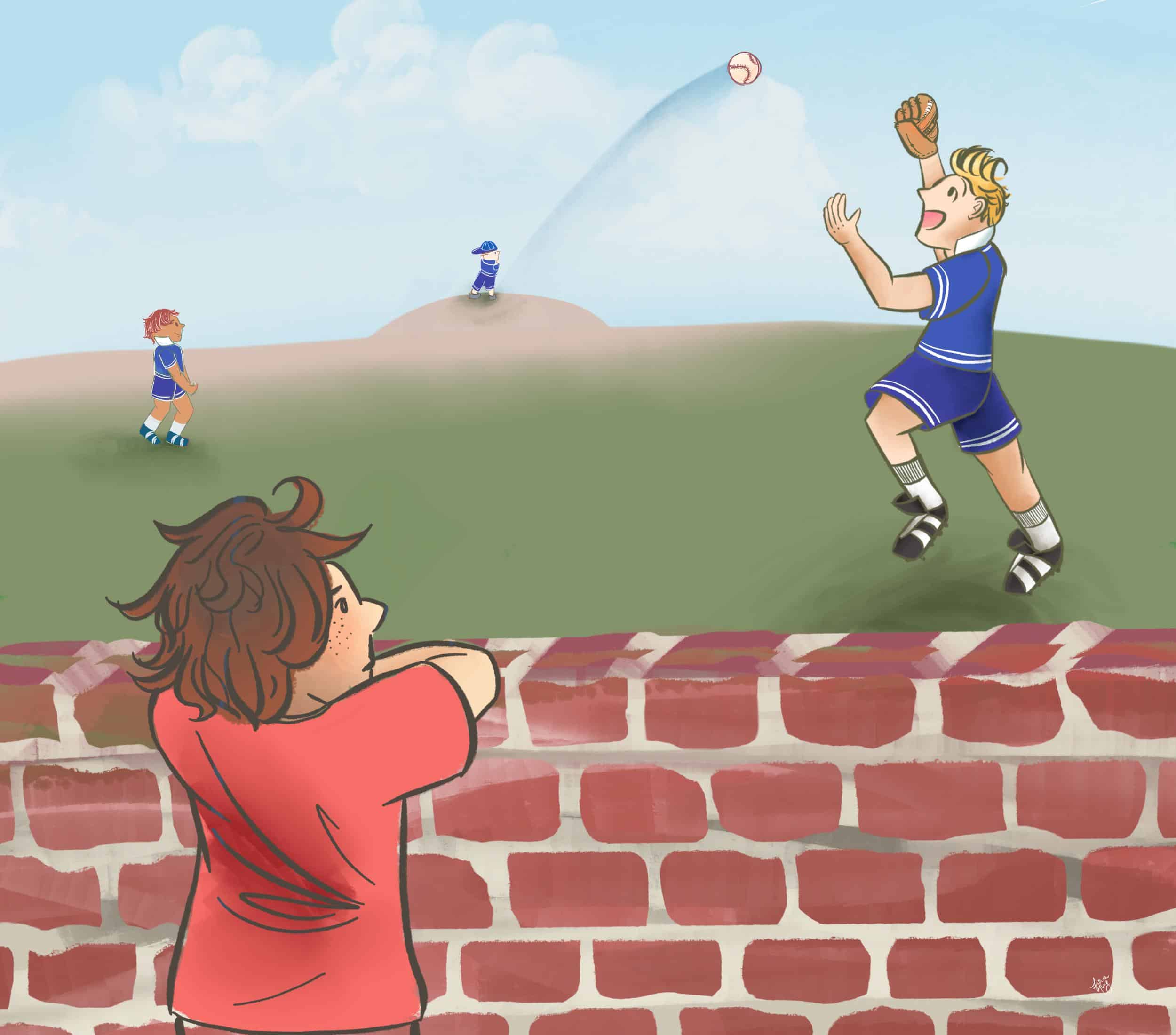Sports are often heralded as the ultimate meritocracy — a realm where talent and hard work supersede the institutional barriers that tend to marginalize minority populations. Some of the most popular athletes in the world today like LeBron James, Serena Williams, or Conor McGregor have reached superstardom despite their humble beginnings.
The popularity of these athletes is not only fuelled by their outstanding performances in their respective fields, but is also contingent on the struggles that they faced throughout their journey.
There is something about an underdog story that resonates with sports audiences. We love to hear about a kid succeeding against all odds and earning a place among the top athletes in the world, because the notion that all it takes is hard work to prevail embodies the American dream.
However, these stories are likely to become few and far between as income disparities slowly but steadily plague the realm of youth sports.
Youth participation in sports dropped from 41.5 per cent in 2011 to 37 per cent in 2017. While that’s not a devastating drop, it shows a steady decline of interest. And before we get out our pitchforks and blame Fortnite and social media, there is another important statistic to consider when it comes to youth sports.
Although youth participation in team sports is down across the board, youth participation in families earning less than $25,000 yearly dropped eight per cent, while youth participation in families earning $75,000 or more increased by three per cent.
Of course, there may be a myriad of factors that explain the decline of youth participation in poorer families, but one of the most important reasons involves the commercialization of youth sports over the past decade.
Youth sports as an industry is currently valued at around $15 billion, which is $3 billion more than the value of the New York Yankees, Dallas Cowboys, and Los Angeles Lakers combined.
Needless to say, that is a lot of money.
The industry has benefitted from an increased popularity in some sports, including soccer and basketball, which has led, in part, to inflated athlete salaries and made professional sports a more lucrative career path than ever before.
In addition, sports have become an avenue for scholarships, with students receiving full-rides to world-renowned institutions based on their athletic capabilities. As a result, parents have been clamouring to enroll their children in as many sports programs as possible to ensure their success in the future. While I don’t believe these parents should be blamed for trying to help their kids, one has to understand how this advantage is reached.
First, we have to consider how youth sports have changed. It is no longer a local coach gathering kids from the community and coaching them at a nearby public field. Instead, youth sports are filled with professional coaches, training facilities, state-of-the-art equipment, and inter-city travel.
All of these upgrades have dramatically increased the cost of enrolling children in sports activities, often driving the price range out of the reach of lower-income families. In turn, these children are less likely to excel in sports, while more privileged children have the opportunity to thrive in a sports environment. This widens the wealth disparities in sporting societies and perpetuates class inequality.
This is especially problematic because ideally, sports should herald standards of equality, where one’s background is irrelevant, and talent trumps all other factors. However, in this current conception of youth sports, raw talent is irrelevant if children don’t have the necessary grooming and conditioning that top-ranked coaches are looking for.
The commercialization of youth sports is detrimental to children of poorer families, not only because it restricts their access to collegiate sports scholarships and the world of professional sports, but also because it hinders their chances of learning crucial life skills through sports.
Skills such as discipline, determination, and teamwork have numerous real-life applications and can determine success for a child in all areas, but with certain children missing out on these lessons, their skills and likelihood to succeed suffers beyond physical activity.
This is evidenced by 70 per cent of children completely abandoning sports by the age of 13, which is typically the age when the youth sports industry accepts serious applicants. Training however begins as early as six years old.
The solution here is not simple, as children in more privileged families are likely to always have an advantage, by virtue of the fact that wealth gives them more opportunities to improve their skills.
However, our job as a society should be to even the playing field by funding programs for underprivileged youth that give them access to similar facilities as children in top-ranking youth sports programs. All children deserve equal opportunities to learn and grow, in sports and in life.


